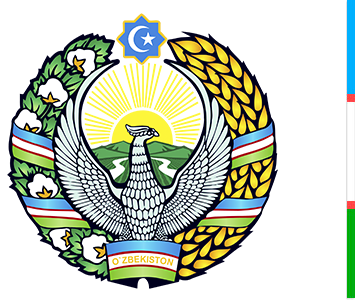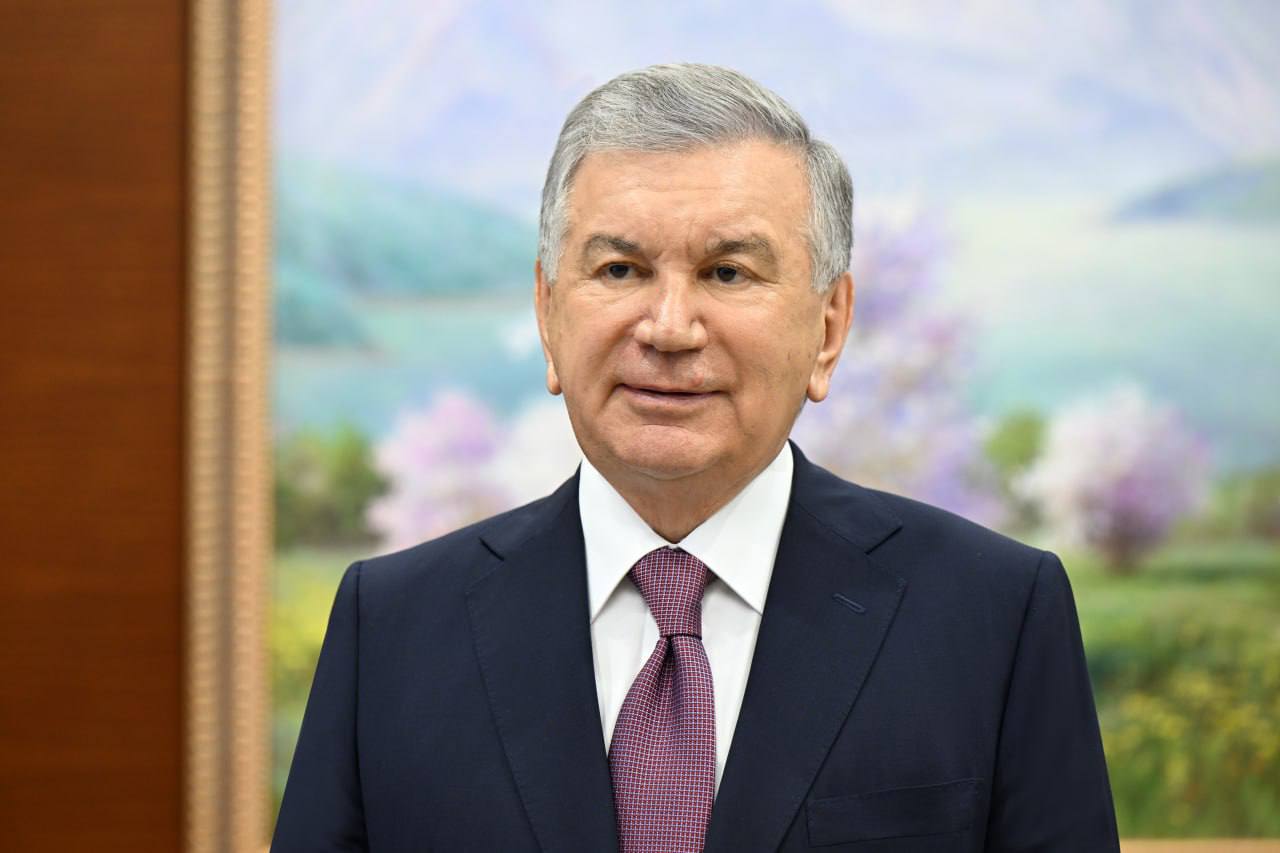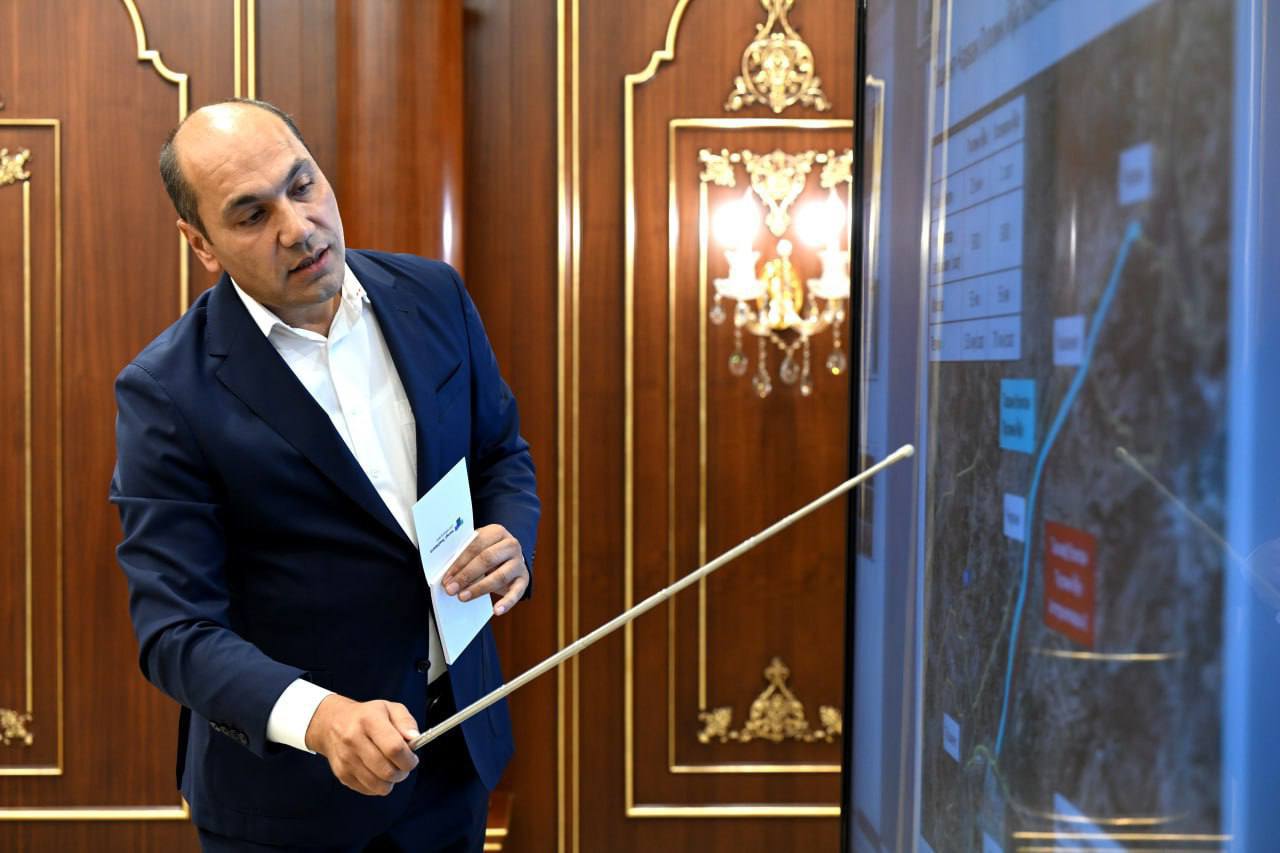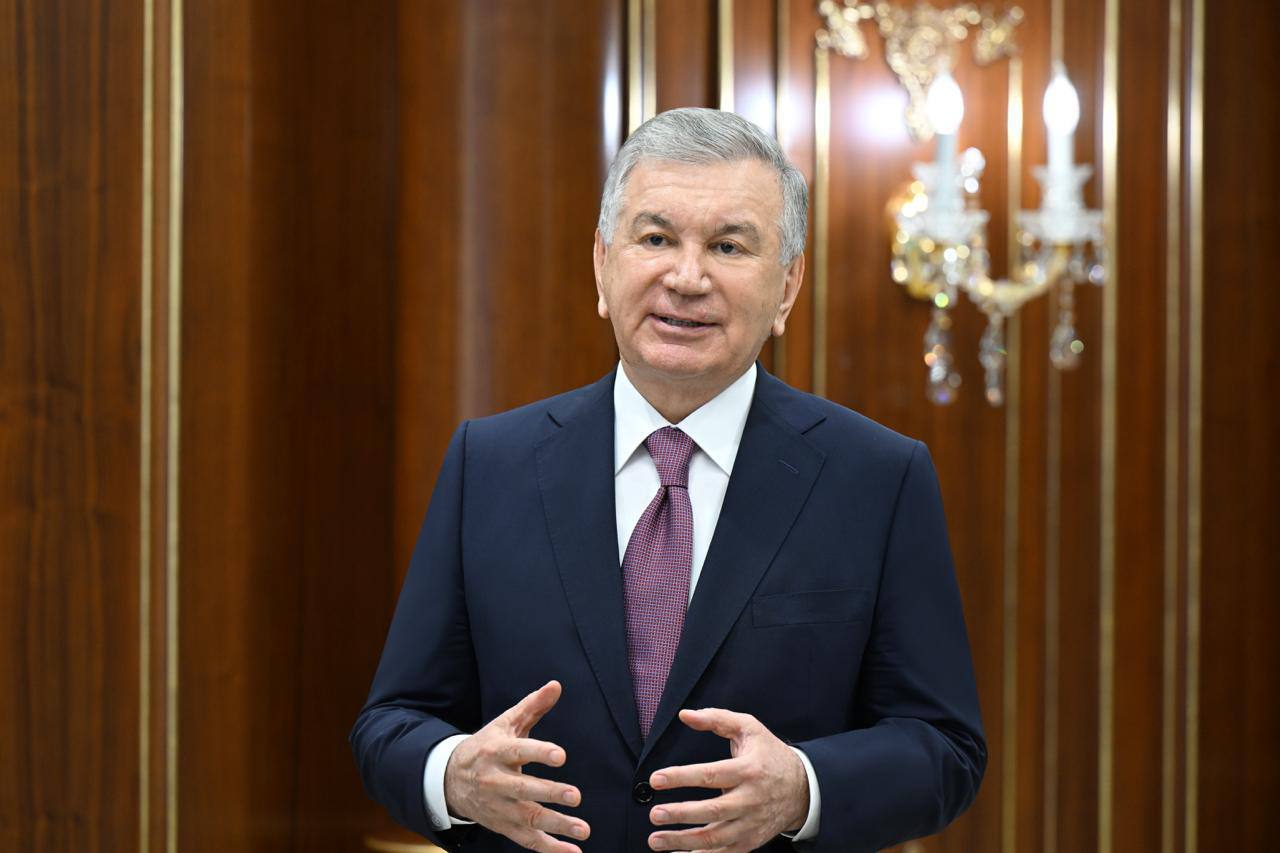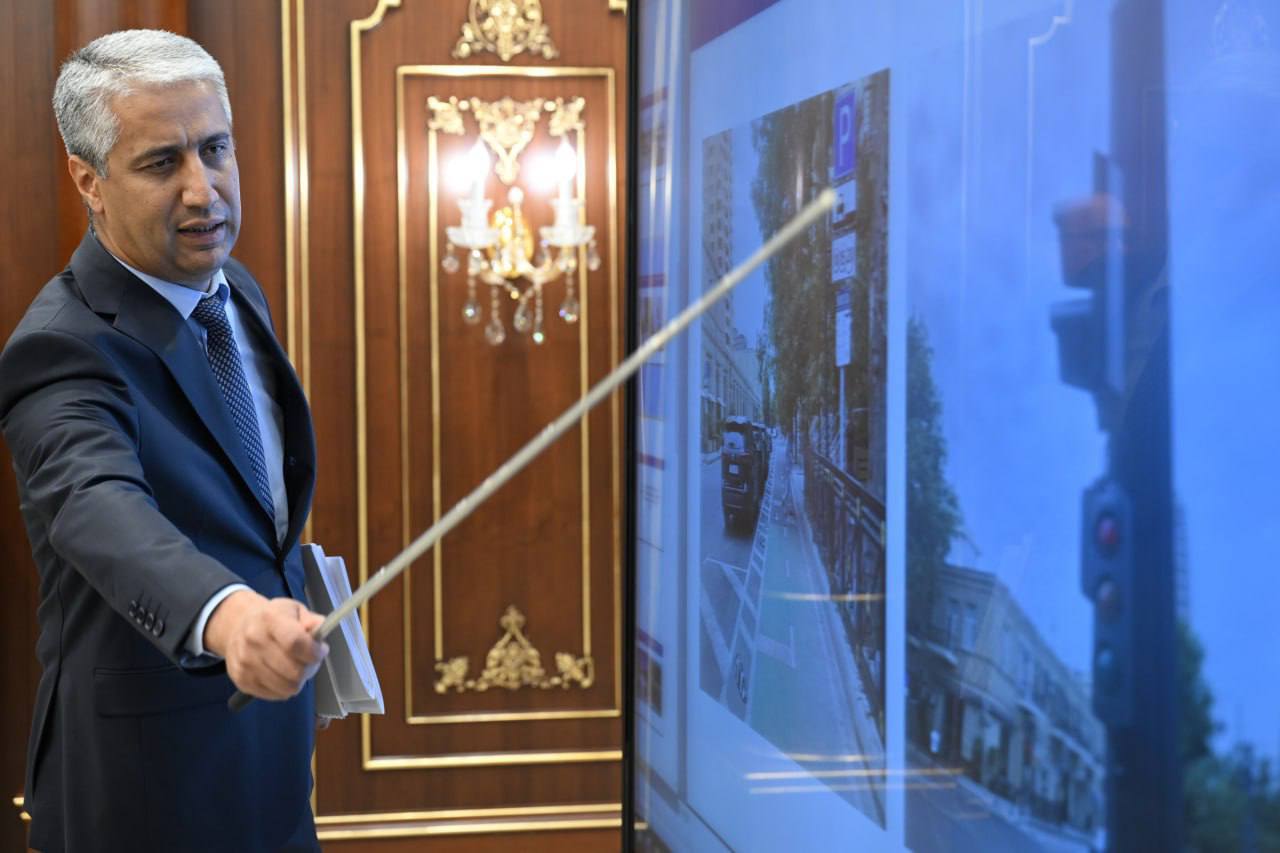
09.07.2025
The Head of our state reviewed the presentation of the “Atlas of Solutions” for the city of Tashkent and New Tashkent.
The economic development of the country is clearly reflected in the appearance of the capital. Large-scale construction works are underway in all districts and cities. In recent years, the construction of New Tashkent has also begun, and together the two cities are turning into a single megalopolis.
In order to ensure balanced development of the territory, a general plan of Tashkent until 2045 was adopted. It defines the main parameters of urban planning projects, engineering and transportation infrastructure, as well as the city's protection zones.
“Atlas of Solutions” is a logical continuation of the master plan. It establishes general requirements for the appearance of urban facilities and public environment. This directory-guide consists of five books covering the rules for the design, installation and operation of urban facilities. Each part contains recommendations on the organization and improvement of public spaces, bringing the facades of buildings to a uniform architectural appearance.
For example, according to the current standards, the construction and repair of roads are carried out to the so-called “red line” of the street carriageway. However, in the practice of developed cities, the principle of building to building on both sides of the street is applied. This allows to avoid unimproved areas and to ensure integral, harmonious landscaping along the roads.
The Atlas is aimed at achieving sustainable development goals and introducing national flavor in the design of the urban environment. It contributes to the creation of harmonious and environmentally friendly spaces that improve the quality of life of the population. It also helps to avoid mistakes in the development of new projects for the improvement of open public areas.
In the course of the presentation the essence of the Atlas requirements and the tasks arising from it were considered. Guidelines were given for further improvement of the city's appearance while preserving its identity, upgrading roadside areas and enhancing the culture of urban life.
